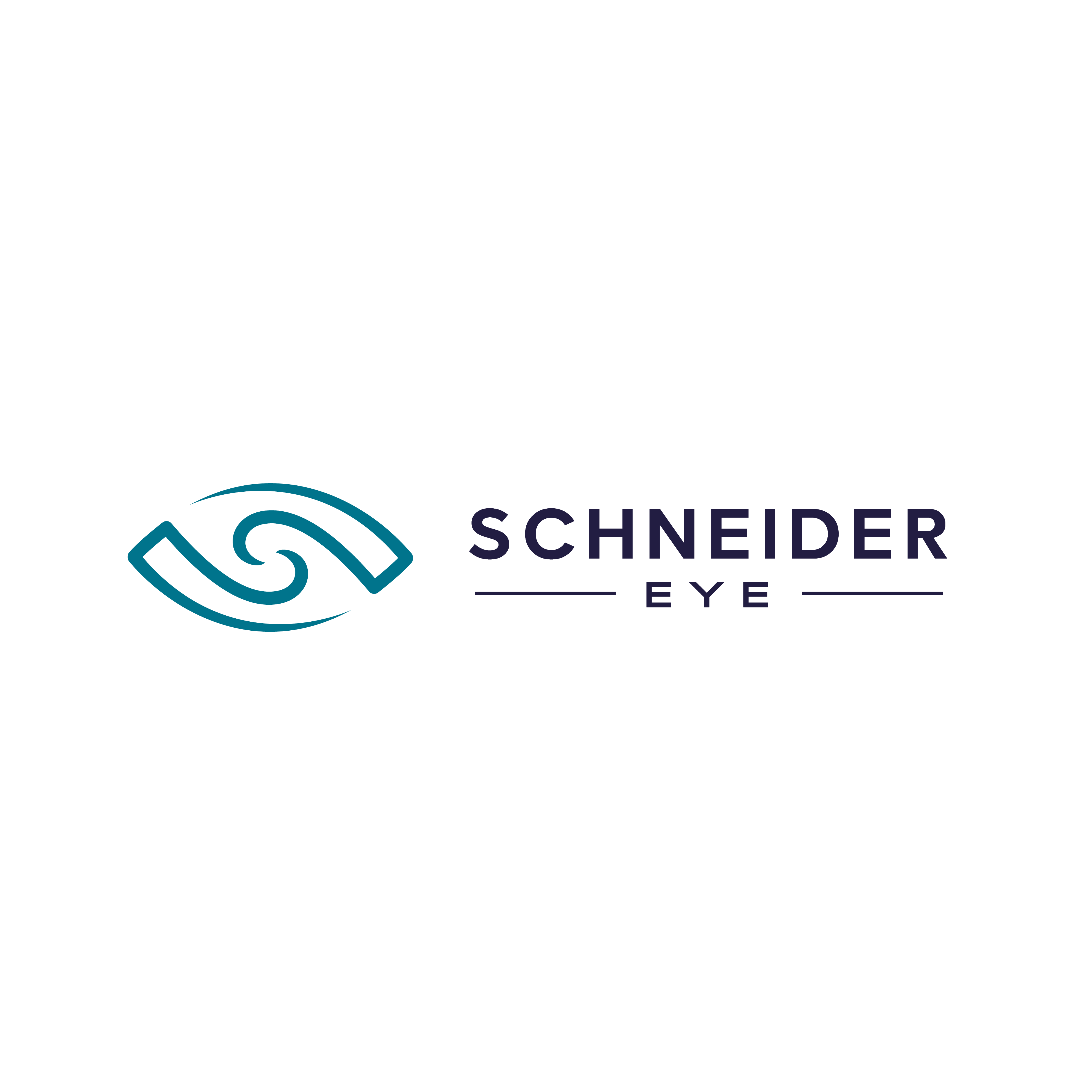Laser Eye Surgery
Laser-assisted in situ keratomileusis (LASIK) surgery, Small Incision Lenticule Extraction (SMILE) surgery, and Photorefractive Keratectomy (PRK)/Laser Epithelial Keratomileusis (LASEK) surgeries are cutting-edge procedures that have revolutionized vision correction. They are highly effective in addressing common refractive errors like nearsightedness, farsightedness, and astigmatism. LASIK, SMILE, and PRK/LASEK surgeries provide the opportunity to significantly reduce or eliminate reliance on glasses or contact lenses, making them appealing choices for those seeking visual freedom and convenience.
At our practice, we offer thorough evaluations for LASIK, SMILE, and PRK/LASEK surgeries to assess your candidacy for these procedures. Our experienced team conducts comprehensive examinations of your eyes, considering factors such as corneal thickness, refractive error, and overall eye health. These evaluations are crucial steps in determining whether LASIK, SMILE, or PRK/LASEK surgery is the right option for you. We are committed to helping you make informed decisions about your vision correction journey, and our goal is to provide you with the best possible vision outcomes through personalized consultations and care for LASIK, SMILE, and PRK/LASEK surgeries.
Please reach out to us today for a no-obligation, complimentary consultation. Our expert laser eye team is prepared to assist with any questions or concerns you may have. You can contact our laser eye surgery team directly at (757) 828-3046 or email us at laser@schneidereyecare.com.

SMILE
SMILE (Small Incision Lenticule Extraction) surgery is a minimally invasive refractive procedure that utilizes femtosecond laser technology to reshape the cornea and correct vision, offering patients improved visual acuity with minimal disruption to the corneal structure.
LASIK
LASIK (Laser-assisted in situ keratomileusis) surgery is a highly effective refractive procedure that uses a laser to reshape the cornea, correcting common vision problems such as nearsightedness, farsightedness, and astigmatism, leading to improved visual acuity without the need for glasses or contact lenses.
PRK/LASEK
PRK (Photorefractive Keratectomy) and LASEK (Laser Epithelial Keratomileusis) surgeries are refractive procedures that involve reshaping the cornea with a laser to correct vision, suitable for patients with thinner corneas or other unique considerations, offering improved visual clarity without the need for glasses or contact lenses.
Frequently Asked Questions
Understanding LASIK Surgery
LASIK (Laser-Assisted In Situ Keratomileusis) is a popular surgical procedure designed to correct common vision problems, such as nearsightedness, farsightedness, and astigmatism. During LASIK, a laser reshapes the cornea to improve how light is focused on the retina, thus enhancing vision without the need for glasses or contact lenses.
Candidacy and Preoperative Evaluation
LASIK is not suitable for everyone. A thorough preoperative evaluation is crucial to determine candidacy. Factors such as overall eye health, prescription stability, and corneal thickness are assessed. Individuals with certain eye conditions, such as glaucoma or severe dry eye, may not be suitable candidates. The evaluation helps ensure that the procedure is safe and effective for the individual.
LASIK Procedure Steps
The LASIK procedure is typically quick and virtually painless. It involves the following steps:
-
Corneal Flap Creation: A thin flap is created on the cornea, either with a microkeratome or a femtosecond laser.
-
Corneal Reshaping: The excimer laser is used to precisely reshape the cornea based on the individual’s prescription.
-
Flap Re-positioning: The corneal flap is carefully repositioned, where it begins to heal without the need for stitches.
Most people experience improved vision almost immediately after LASIK, with minimal discomfort.
Recovery and Postoperative Care
Following LASIK, there is a short recovery period. It’s essential to follow postoperative care instructions provided by the surgeon, which may include:
-
Use of Prescribed Eye Drops: To promote healing and prevent infection.
-
Avoidance of Strenuous Activities: Limiting activities that may strain the eyes during the initial recovery period.
-
Follow-up Appointments: Attending scheduled follow-up appointments to monitor healing progress.
Patients often notice significant vision improvement within a few days, and the majority can resume normal activities shortly after the procedure.
Risks and Considerations
While LASIK is considered safe and effective for many, it’s essential to be aware of potential risks and considerations, including:
-
Dry Eyes: Some individuals may experience temporary or, in rare cases, persistent dry eyes.
-
Visual Disturbances: Glare, halos, or difficulty with night vision may occur, typically improving over time.
-
Regulatory Considerations: Understanding regulations regarding LASIK for specific professions, such as pilots or military personnel.
A thorough discussion with an eye care professional can help individuals make informed decisions based on their unique circumstances.
